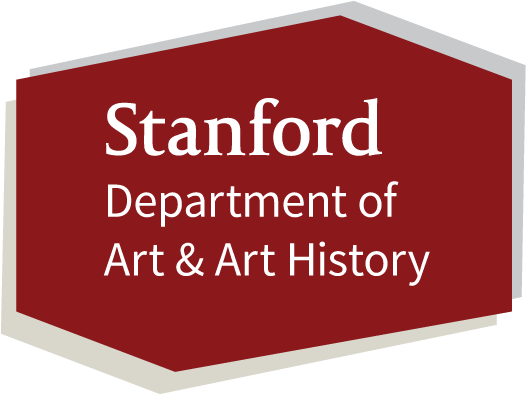
Image credit: Stanford Family Photographs (PC0001). Stanford University. Libraries. Dept. of Special Collections & University Archives.
About Thomas Welton Stanford, the man;
Thomas Welton Stanford, following the trail of the forty-niners to California, made his original fortune as a storekeeper in El Dorado County. His glowing reports of western prosperity in the foothills of the Sierra Nevada lured several of his brothers to follow suit, including Leland Stanford from Wisconsin. Though Thomas W. Stanford continued his western trek, moving on to achieve great wealth in Australia, he remained a committed benefactor to Stanford University. His contributions to the University in its early days helped establish programs in the arts and sciences, and research into Victorian spiritualism, which included popular attempts to communicate with the deceased.
About the Art Gallery building;
Constructed in 1917 with Thomas W. Stanford’s donation of $80,000, the Thomas Welton Stanford Art Gallery was the first building to anchor a planned library quadrangle just east of the University’s center. The Stanford Art Gallery was built to house a collection of the donor’s paintings and to create a strong cultural presence close to the main quadrangle. The Gallery distinguishes itself in style from both the Green Library and the original Richardsonian quadrangle: it is more overtly Medieval than Spanish Colonial Revival in design, and features elaborate detailing in the moldings and columns.
Prior to 1989, Lorenz Eitner, Department Chair and Director of the Stanford Museum, presented rotating exhibitions in the Gallery as an adjunct space to the Museum. This function took on increased importance after the Museum was seriously damaged in the Loma Prieta earthquake. The Gallery became the sole venue for exhibitions under the new museum director, Thomas Seligman, until the renovated and expanded Museum, renamed the Iris and B. Gerald Cantor Center for Visual Arts at Stanford, opened a decade later in 1999.
About the re-opening of the Stanford Art Gallery;
In 2000, renovations of the Stanford Art Gallery repaired moderate structural damages the outside arcade suffered in the 1989 earthquake and seismically strengthened the entire complex, bringing it up to current building codes while restoring or reproducing period fixtures such as the arcade lighting globes and interior laylights.
On May 17, 2001, the Gallery was re-opened after this major seismic upgrade and remodeling project. Now administered by the Department of Art & Art History, the Gallery functions as a dynamic teaching and learning resource for faculty, students and guest artists where best practices for exhibition and curatorial development, experimentation, and innovation take place.


